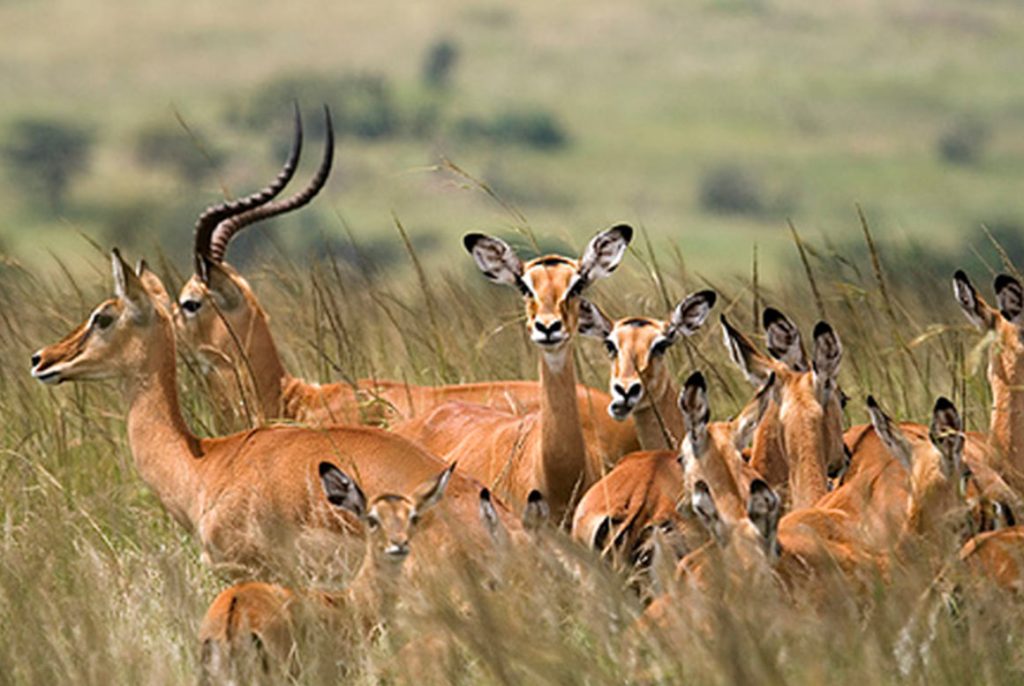TANZANIA DESTINATIONS
RUAHA NATIONAL PARK



RUAHA NATIONAL PARK
Ruaha National Park, located in central Tanzania, is the country’s largest national park, covering an area of approximately 20,226 square kilometers. It is named after the Great Ruaha River, which flows through the eastern side of the park, providing a vital water source that attracts a rich diversity of wildlife.
The park is renowned for its rugged and remote wilderness, characterized by rolling hills, vast savannahs, and scattered baobab trees. Ruaha offers a quintessential African safari experience with a variety of habitats supporting an impressive array of wildlife, including large elephant herds, lions, leopards, cheetahs, giraffes, zebras, and numerous antelope species.
Tips to Enhence your Experience
As a visitor to Ruaha National Park in Tanzania, here are key things you should know to make the most of your experience:
Location and Access:
- Ruaha National Park is located in central Tanzania, about a 4-5 hour drive from Iringa or a short flight from Dar es Salaam or Arusha.
- Access by road is possible but may require a sturdy vehicle, especially during the rainy season when some roads can be challenging.
Wildlife and Safari Experience:
- Ruaha is known for its diverse wildlife, including large elephant herds, lions, leopards, cheetahs, giraffes, zebras, and a variety of antelope species.
- It’s one of the best places in Tanzania to see predators in action, particularly lions and leopards.
- Birdwatching is excellent with over 570 bird species recorded in the park, making it a paradise for bird enthusiasts.
Activities:
- Game Drives: Conducted in open 4×4 vehicles with experienced guides who can track wildlife and provide insights into their behavior.
- Walking Safaris: Guided walks with armed rangers are available in some areas of the park, offering a chance to explore on foot and learn about the smaller details of the ecosystem.
- Birdwatching: Many lodges and camps offer specialized birdwatching safaris to spot a wide variety of bird species.
Accommodation:
- Lodging options range from luxury lodges to tented camps and more budget-friendly options, all providing varying levels of comfort and amenities.
- It’s advisable to book accommodations well in advance, especially during peak season (June to October).
Best Time to Visit:
- The dry season (June to October) is generally the best time for wildlife viewing as animals congregate around water sources and vegetation is less dense.
- The wet season (November to May) brings lush landscapes and bird migration, but some areas may become inaccessible due to muddy roads.
Health and Safety:
- Tanzania is a malaria zone, so take necessary precautions such as anti-malarial medication, mosquito repellent, and covering up during dusk and dawn.
- Follow park regulations and guidelines provided by your tour operator or lodge for a safe and enjoyable experience.
Cultural Experiences:
- Some lodges offer cultural visits to nearby communities, providing insights into local traditions and lifestyles. Respect local customs and traditions during these interactions.
Remote Location:
- Ruaha is more remote and less visited compared to northern Tanzania parks, offering a more exclusive and authentic safari experience with fewer crowds.
By preparing adequately and following these tips, you’ll be able to fully enjoy the natural beauty, wildlife, and serenity of Ruaha National Park, ensuring a memorable safari experience in Tanzania’s wild heartland.
Here's a fun fact about Ruaha National Park:
Is that it is home to one of the largest populations of elephants in Tanzania. These majestic animals roam freely across the park's expansive savannahs, riverine forests, and rugged hills, providing visitors with incredible opportunities to witness them in their natural habitat. Ruaha's elephants are known for their distinct behaviors and interactions, making them a highlight for wildlife enthusiasts and photographers alike visiting this remote and breathtakingly beautiful national park.
